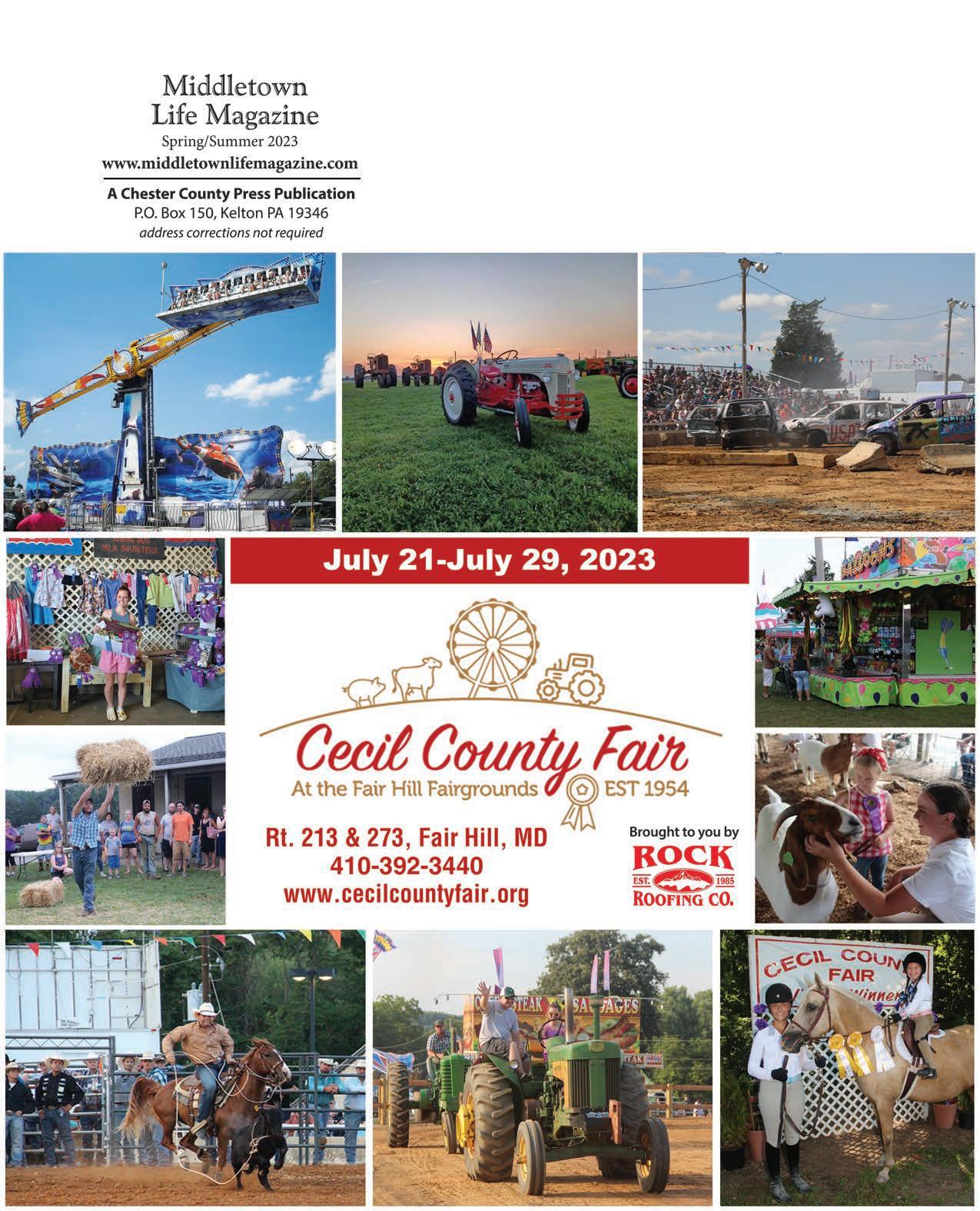














































Letter from the Editor:
There are many exciting things going on in the Middletown area this year. In this edition of Middletown Life, we highlight just a few of them.
The Middletown-Odessa-Townsend area is getting a new, $26 million YMCA featuring a 56,000-square-foot building with a pool, a gym, a full-size basketball court, multiple fitness studios, a STEM room for youth, a children’s adventure zone and a community education room.
The YMCA of Delaware has offered limited programs in Middletown since 2017, but the new YMCA, scheduled to open later this year on East Cochran Street, will offer many more programs and activities, and will be a major element of a walkable downtown.
This issue also features a story about the Middletown Police Department’s Citizens Police Academy. Started in 2019, this program has introduced nearly 150 area residents to the work of an agency that is dedicated to teaching, empowering and listening.
The Q & A in this edition is with Dr. Suzanne Street and Dr. DeAngello Eley. Middletown Life recently caught up with both educators to learn more about their principles for learning, leadership, STEM education, and their vision for the future of K-12 education in the United States.
In his story, “Mission: Possible,” writer Ken Mammarella introduces four teams of students who are following the engineering career pathway in the Appoquinimink School District.

In his story, “Middletown: Yesterday and today,” writer Gene Pisasale offers a look at some interesting aspects of the town, including its historic buildings, institutions, and monuments.
We also include information about the most recent town council elections and a look at some community events coming up in Middletown.
The photo essay in this edition of Middletown Life showcases the wonders of the 3 Palms Zoo & Education Center in Townsend, the largest zoo in Delaware.
Whether you’re a longtime resident of the Middletown area or a newcomer, we hope you find something interesting in this issue. We’re already hard at work planning the next edition of Middletown Life that will arrive in late summer. Until then, we hope you enjoy some of the exciting things that are going on in the Middletown area in the pages ahead.
Sincerely,
Cover Photo: Jim Coarse
Cover Design: Tricia Hoadley
The Middletown area really wants a full-fledged, modern YMCA, and deservedly so.
The YMCA of Delaware has offered limited programs in Middletown since 2017, and a survey by the Gillwright Group, which has done a lot of work for Ys around the country, “showed there was a higher demand for a YMCA in the Middletown community than anywhere else in the country and any previous survey they had done,” said Bev Lacy, chief development officer for the YMCA of Delaware. “There was just an overwhelming desire for a
community center with access to pools and recreation.”
So that’s what the Middletown-Odessa-Townsend area is getting: a $26 million project, featuring a 56,000-squarefoot building with a pool, a gym with a full-size basketball court, multiple fitness studios, a STEM room for youth, a children’s adventure zone and a community education room.
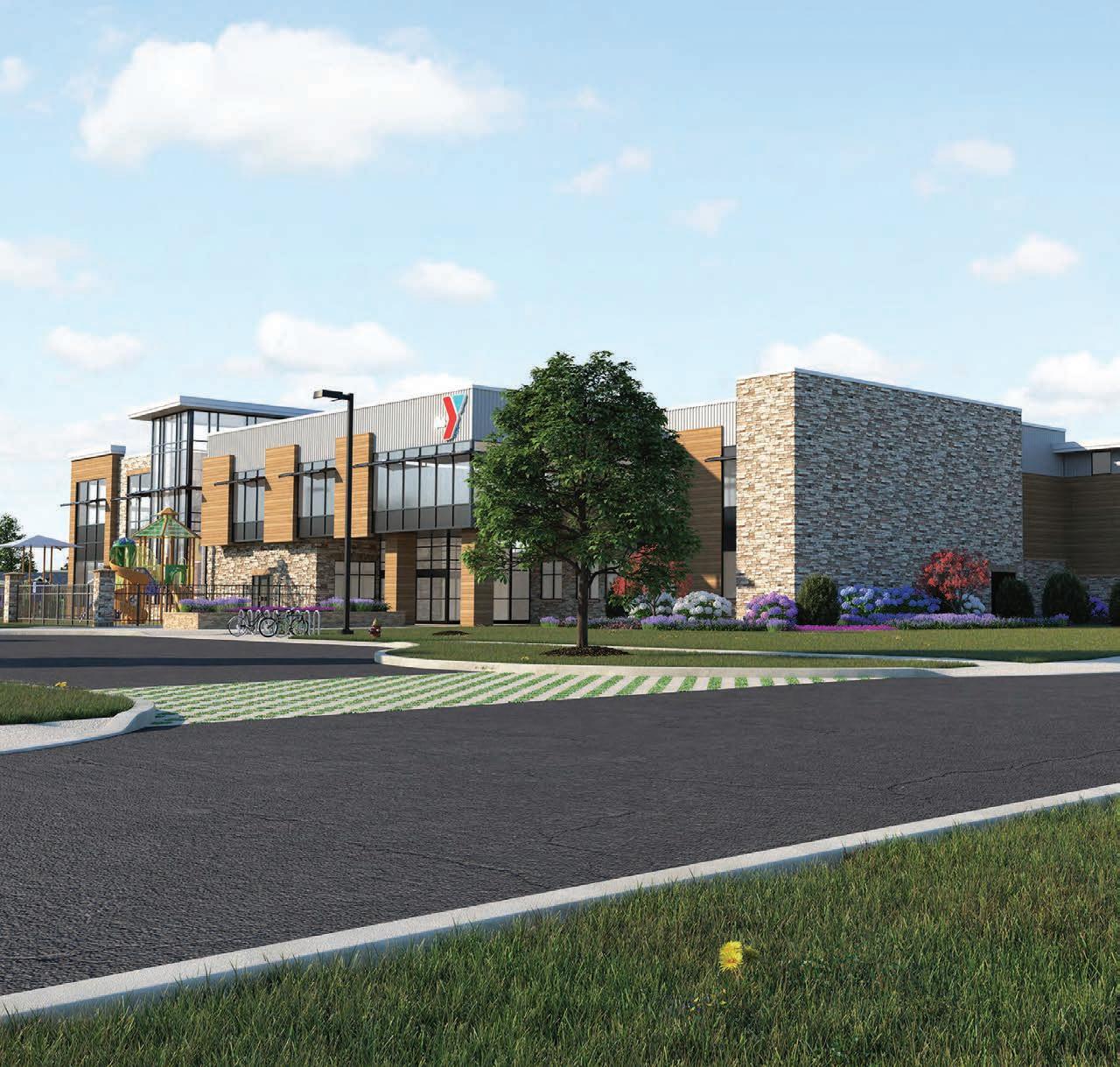
Outside there will will be two full-size basketball courts, six pickleball courts, a playground and a splash pad. A 4,250-square-foot indoor/outdoor fitness space has a large garage door dividing that space that can be opened or closed, depending on the season.
Continued on Page 10



Continued from Page 8
The new facility, at 202 E. Cochran St., is on 10 acres, near the new Appoquinimink Community Library, Silver Lake Elementary School, the Silver Lake pool and several recreational facilities. It will be a major element of a walkable downtown, and leaders of the Y have had a lot of talks with leaders of the other nearby facilities about how they can help each other. An obvious one is parking, with the Y adding 398 spaces.
The Middletown Y now has about 2,460 members, and Y leaders expect eventually to serve 15,000 people through membership, community-based programs, before and after school enrichment, youth sports and a summer camp.
The YMCA of Delaware was founded in 1891 and in 2017 began offering programming in rented space in Middletown and Appoquinimink district schools. That outreach recognized Middletown’s growth, from less than 1,300 people in 1890 to more than 23,000 today.
When it expanded to rented space in Middletown, its then-CEO predicted the Y would have its own building in three to five years, but when COVID-19 arrived in 2020, “the entire organization focused on COVID-19 relief,” Lacy said, such as switching to virtual fitness programming, helping distribute food from the Food Bank of Delaware to the needy and ensuring that childcare continued.


The reaction to the pandemic also encouraged Y leaders to rethink the project, such as developing that space for outdoor fitness programming, rather than just corralling part of a lawn or a parking lot.
Continued on Page 12
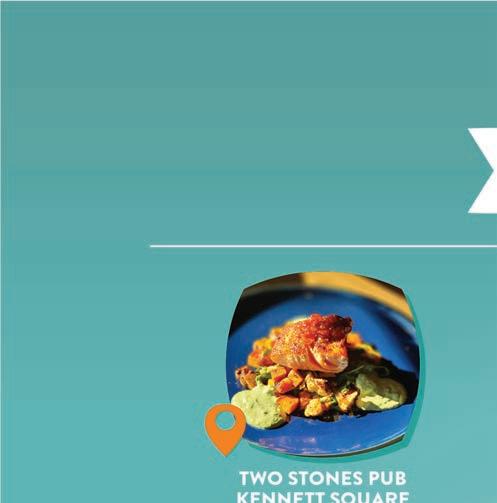




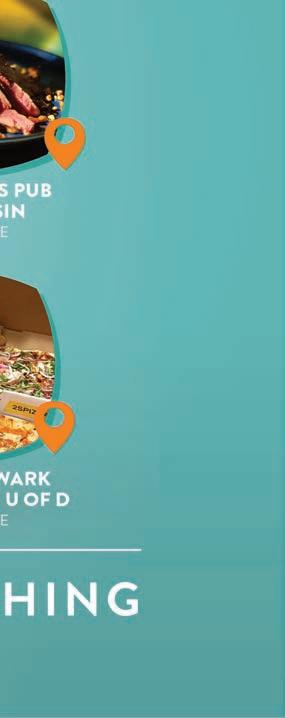


Continued from Page 10
The two-story building, constructed to allow for future expansion, will be smaller than the Bear-Glasgow Y but larger than the Dover and Western YMCAs.
The new facility has also impressed leaders from other YMCAs. Chris Ryan, vice president of buildings and properties for the YMCA of Delaware, said he fielded calls from as far away as Oklahoma.
“They can’t believe what we’re getting,” he said, acknowledging that rising costs for supplies and labor and evolving ideas have pushed up the budget. “They’re so impressed with our final cost for this facility.”
The Y has raised $6 million from private individuals and corporations. Middletown owns the 10 acres the Y sits on and is renting it for $1 a year for 60 years, which the Y considers to be a $3.2 million value. The state has given $1 million, aimed at the outdoor campus, making those facilities open to the public, plus another $500,000 in the bond bill.
A capital campaign is continuing, with the Y offering 29 categories of naming rights, from $2 million-plus for the building itself to $3,000 for trees.
The YMCA is debuting four features at the Middletown facility:

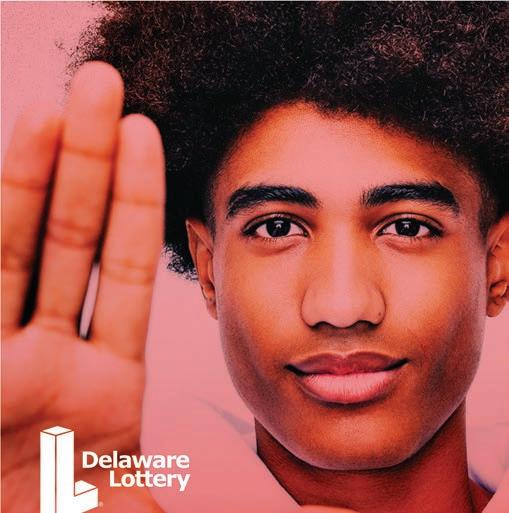
• The new facility will be able to provide accommodations for people with special needs that will include a locker room.
• A 3,500-square-foot splash pad features water cannons and jets, interactive fountains, a spinning toadstool, a raindrop bullfrog and a foam geyser. With zero entry and virtually no standing water, it’s universal as well, since it is wheelchair-friendly and welcomes nonswimmers.
“The new site provides a fun and safe space for children with all abilities to enjoy play time with each other,” said Executive Director Tamisha Hopkins.
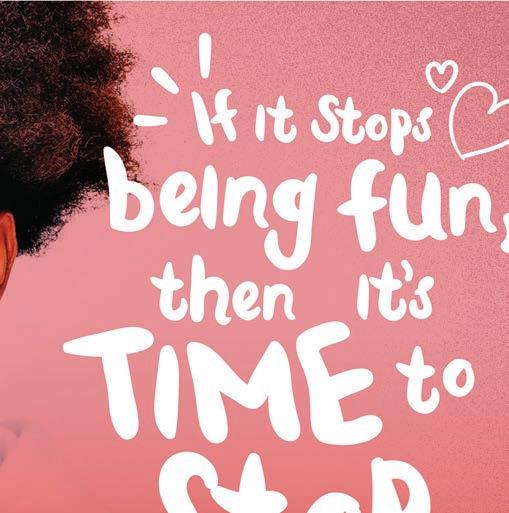
• The indoor adventure zone will feature a climbing structure, with tables and chairs nearby for children and their adults to play games.
• The indoor-outdoor workout area, covered in a forgiving artificial turf, follows “the trend in physical activities for YMCAs across the country to take advantage of outdoor space,” Ryan said.
Although the YMCA might be known best for sports, recreation, exercise equipment and classes, the Y’s mission statement is “to empower youth, foster healthy living, and promote strong communities.”
That’s why it hosts safe spaces, where youth can hang out and interact, and programming that instills the Y’s values and other lessons, like how governments work.
That’s why a “wellness” mantra recurs.
“When we talk about wellness, we’re not just talking about cardiovascular fitness,” Lacy said. “We’re really talking about overall well-being. Nationally, we have found the Y is a place for seniors to come together. In addition to exercising, they’re getting social wellness. They’re getting human connections. They’re building friendships and relationships.”
The Y also runs two free, evidence-based programs that address major health issues: a diabetes prevention program (exercise, dietary advice and support) and Livestrong (to help “adult cancer survivors reclaim their health and well-being”).
The new YMCA will also cater to the imagination of those who will use the facility. For instance, the pickleball courts are being advertised as “flexible cross courts” in the agency’s literature.
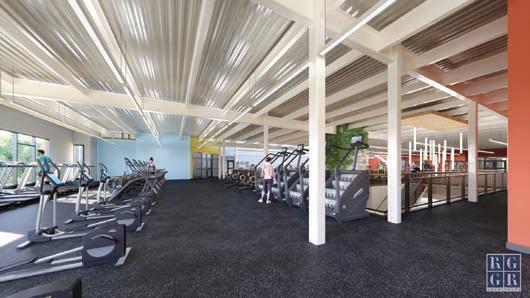
“They’re multi-use because a piece of asphalt in the field, to children, can only be contained by their own imagination,” Ryan said, noting he was playing pickleball on a Newark pickleball court while children nearby were playing wiffle ball on a pickleball court. The Western Y, he added, has a space that was planned as a roller rink and is “now used for everything you can imagine.”

Continued from Page 13
The new Middletown YMCA is being built at 202 E. Cochran St., Middletown. Construction is expected to end by August, with the opening planned in the fall. The YMCA of Delaware will then end operations in its rented facility at 404 N. Cass St., Middletown.
Leaders of the Middletown Y plan to continue to run before- and after-school child care at Cedar Lane Elementary, Lorewood Grove Elementary, Silver Lake Elementary, Townsend Elementary School, Townsend Early Childhood Center and Old State Elementary.
The Cass Street Y is open 87 hours a week. Hour are not yet set for Cochran Street, but the Western and Dover Ys are open 104 hours a week: 5 a.m.-9 p.m. weekdays and 6 a.m.-6 p.m. weekends.
Middletown Y members now can pay a lower rate for limited access or a full rate that allows access to seven Ys
throughout Delaware and many more across the country. There are eight categories of full-rate Y memberships, varying by age and household size, ranging from $35 to $118 per month. Once the Cochran Street facility opens, only full-rate memberships will be sold.



Since part of the Y’s mission is to make itself accessible to all, the YMCA of Delaware annually provide $2.5 million in financial assistance, on a sliding scale, for people who can’t pay for membership and other programs, such as summer camps, where a third of campers get financial help.
A page on the new facility (www.ymcade.org/middletown-building-the-future) says the expansion will eventually create 300 jobs. Almost all will be part-time.
To learn more, visit www.ymcade.org/locations/ middletown-ymca.
Continued on Page 16



Continued from Page 14
The Middletown YMCA pool is being named for Sam Foster. Here’s what his daughter, Diana Foster-Jones, said at the groundbreaking last spring:
My father, Sam Foster, grew up as a latchkey kid in Wilmington in the ’20s, ’30s and ’40s, well before anyone had invented the term. With an absent father and with money short, the family frequently moved from house to house, but Dad always found a home at the Central YMCA. Primarily he swam and played basketball. Taken under wing by caring adults there, he earned scholarships to Tower Hill and later to Yale.

Despite a prestigious college degree, honorable service in the Navy and the start of a promisingcareer at DuPont, when he announced his plans to marry my mother, his mother disapproved of the match and forced him to leave her house. He moved into the Y and remained there until my parents’ wedding day.


Upon retirement, my parents built a second home in Lewes. Dad then resumed swimming for exercise, trained at the Wilmington and Rehoboth Y’s and competed at state and national levels.
Continued on Page 18
‘I’ll just go live at the Y. They know how to take
of me.’




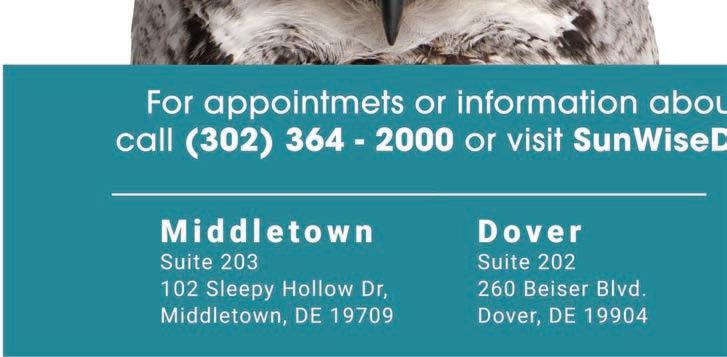

Continued from Page 16
In his later years, Dad developed dementia. Several times a week, my mother would drive him to the Rehoboth Y and drop him off. As his cognition further declined, she would sign him in at the front desk and entrust staff and fellow visitors to make sure he made his way to the various amenities he so enjoyed. On numerous visits I had the pleasure of dropping him off and observing for myself how staff treated him with respect, occasionally sending someone into the men’s locker room if Dad had not come out at the appointed time. Dad’s special joy was taking long showers and shaving at the Y. He claimed that the lights were much better there than at home. I suspect, however, what he really enjoyed was a moment of feeling independent during the challenges of dementia.
As a final Y story, when my father was especially frustrated at not being able to do what he wanted to do, he would vehemently announce, “I’ll just go live at the Y.


They know how to take care of me.”
It is with gratitude that the YMCA had such a special place in my father’s life and heart. It is also with gratitude that the Y continues to be a safe, caring, and nurturing home for the citizens of Delaware, both young and old. Thank you all for the work you do.
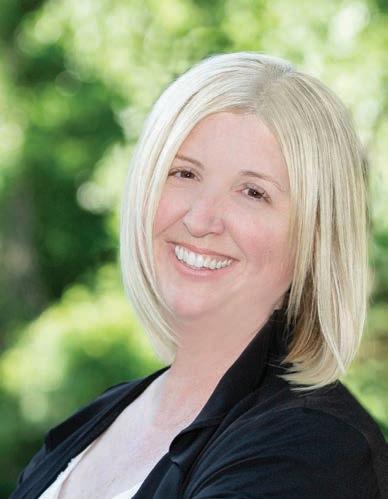
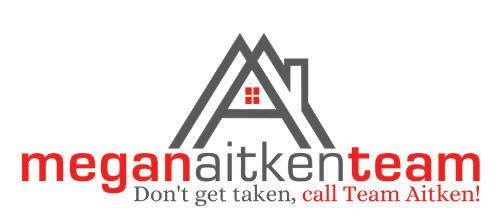








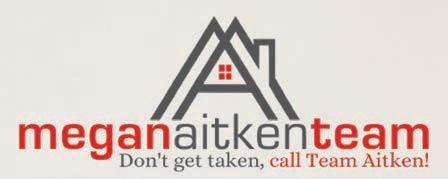






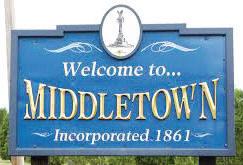 By Gene Pisasale Contributing Writer
By Gene Pisasale Contributing Writer

Although its origins go back to the late 1670s, when Adam Peterson purchased warrants for the land which eventually became Middletown, the town’s incorporation did not occur until two months before shots were fired at Fort Sumter starting the Civil War. Originally a crossroads town halfway between Cantwell’s Bridge (Odessa) and Bohemia Landing in Maryland, Middletown possesses a rich history, exemplified by many of its buildings, institutions and monuments.
An educational academy, a war memorial and a theater embody this heritage, all sites near downtown which add color to a vibrant community, now the fastest-growing one in Delaware.
Most people think of a lottery as a way to win millions of dollars, but back in 1824, Middletown needed a school, so the Delaware State Assembly authorized a lottery to raise funds for the purpose of constructing an educational institution for local children. Middletown Academy has its origins in this lottery, which was designed for “…raising a sum of money, not exceeding six thousand dollars…” for “…the erection of a building… to contain rooms for an academy and elementary school, and also a room for public worship… to be free for all denominations of Churches.”
Local landowners supplied the first six acres and in February 1826, approval was granted for “building an Academy two stories high, with two rooms on each floor… to be built of the best materials and in a plain but substantial manner.” A tenant on the purchased land caused some problems by refusing to vacate the property, so William H.
Crawford donated two acres of adjacent land, on which the building was constructed. The cornerstone was laid on August 24, 1826; the Academy opened on October 15, 1827.
For nearly 50 years, the Middletown Academy provided quality education for students, but in 1876 it became part of the public school system. The school was finally closed in 1929 and the building deeded in 1945 to the St. Georges Hundred Historical Society for preservation. The town acquired the structure in 1960 and it was used for a variety of purposes by community organizations and public agencies. The Middletown Historical Society and Main Street Middletown currently occupy the building. The yellow brick Academy was listed on the National Register of Historic Places in 1972. An historical marker stands there today at the intersection of North Broad Street (Delaware Route 71) and Crawford Street, honoring its legacy. After the railroad came to the area, Middletown farmers found a new way to get their products to market, notably peaches, which became a major export in the 1860s and 1870s. The state’s oldest continuously published newspaper, The Middletown Transcript, now the oldest continuing newspaper in southern New Castle County, began publishing in 1868. In 1886, Middletown became one of the first cities in the state to install electric street lights.
Middletown owns the distinction of being the first city in Delaware to erect a memorial to those who fought in “the war to end all wars”– World War I. Located in the center of town at Cochran Square, named after a prominent local
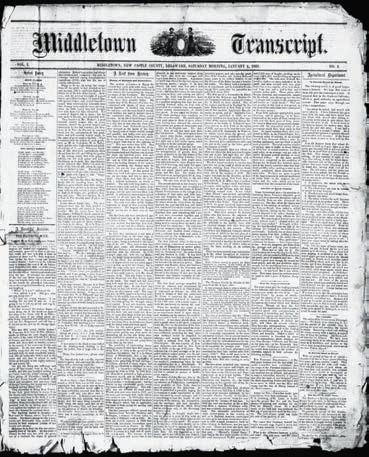
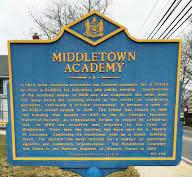
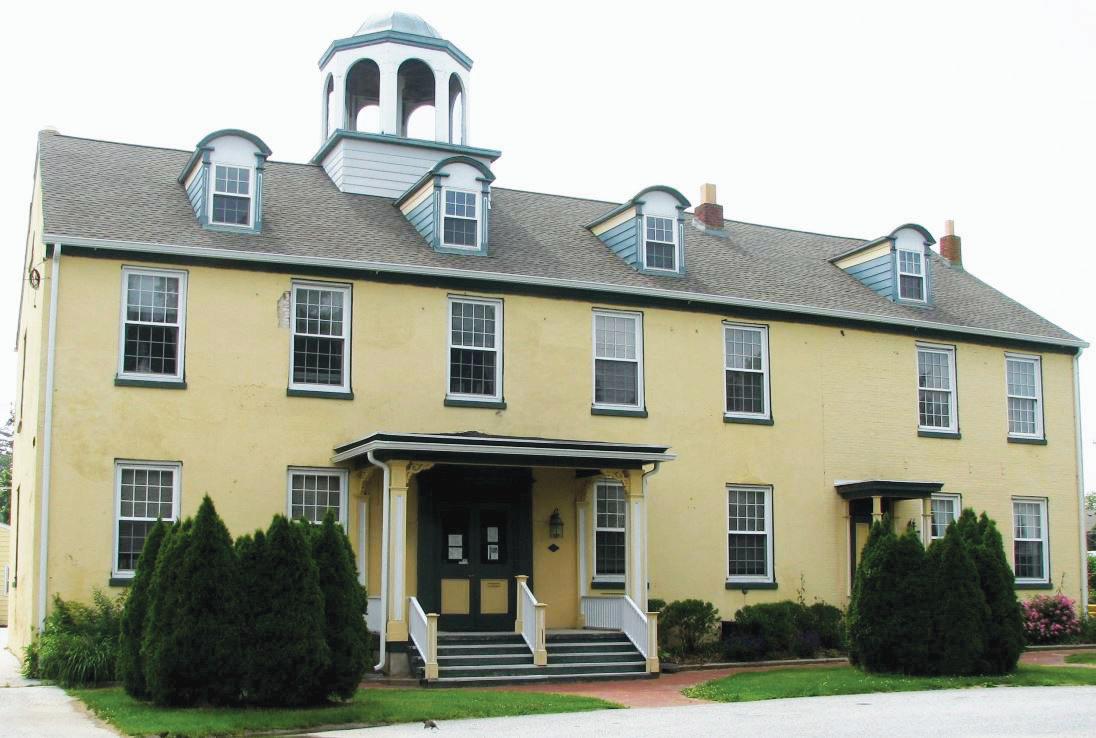




Continued from Page 20 businessman, the Middletown World War I Memorial is a stately 18-foot tall bronze shaft with an ornamental base, with a five foot square granite base. It honors all who served in that war and was dedicated “…in memory of Rupert R. Burstan, Capt. U.S.M.C., John J. Hoffecker, 9th Infantry, E.Davis Manlove, 59th Pioneers, Jeremiah Jackson, Colored I.R.D.” Today the monument honors local citizens who served in all wars. The memorial has a beautiful bronze eagle at
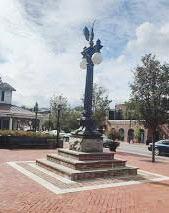
its top and even provides light for passers-by with two white globes which come alive at night.
The busy townspeople wanted some entertainment so in 1863 Middletown’s first stage opened as the Masonic Hall and Opera House. The establishment held productions for more than 50 years, until 1918, when a disastrous fire took down the building. Insisting that the town have a place for public enjoyment, a new structure was built on the same site and on November 9, 1922, the Everett Theatre opened its doors, allowing people to see a magnificent 600-seat interior designed by the Hoffman-Henon Company, renowned theater architects. For more than five decades, the Everett thrilled audiences, but finally dimmed its lights and closed its doors in 1979.

The Everett didn’t stay closed for long. Four years later
Continued on Page 24



Continued from Page 22
a group of concerned citizens known as Associated Community Talents purchased the theater, determined to bring entertainment back to town. They succeeded—and today the Everett hosts a wide range of productions. Over the years, it has staged such popular plays as Barefoot in the Park, Cat on a Hot Tin Roof and South Pacific. Their annual Children’s Theatre Workshop brings young people together to experience the thrills of stage productions, with footlights, dance and drama. Even if you’ve never been to Middletown, if you’ve seen the movie Dead Poet’s Society, you have viewed its stage, which was included in filming for the production starring Robin Williams. Their Rogers Trio Organ even provides music during the occasional silent film shown there.

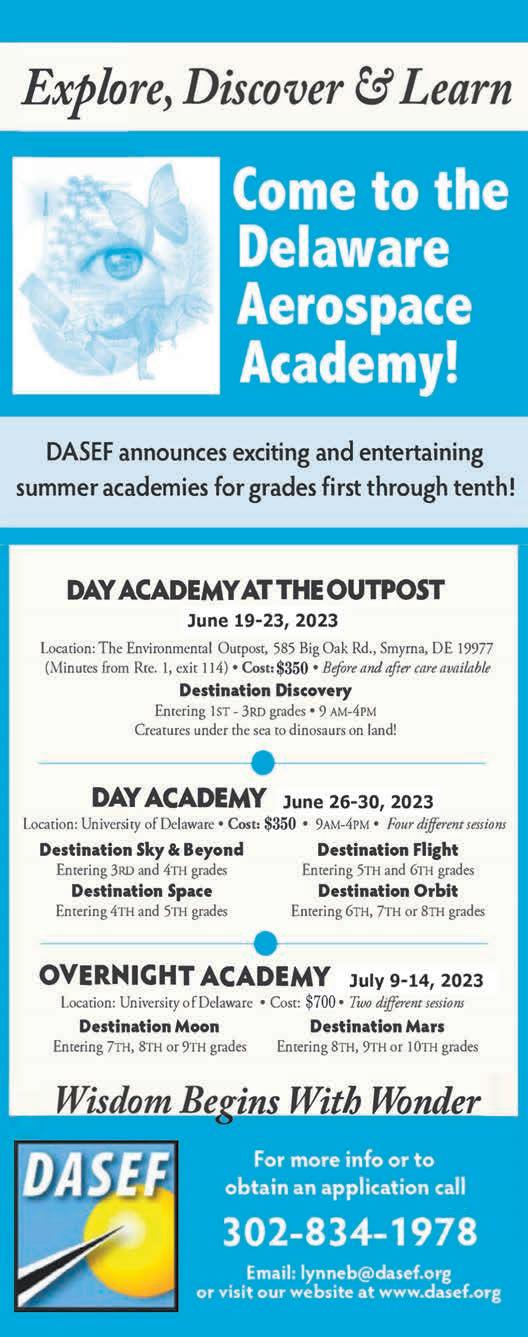
Middletown is a city on the move. Town leaders created the Downtown Development District Plan in 2019 to assist in support for the local economy and the creation of local businesses, civic and cultural venues to attract visitors and potential future residents. Between 2000 and 2010, the population more than tripled, growing by more than 200 percent. The town has become quite popular with many persons who work in Wilmington and even Philadelphia who have chosen to call it their home.
Gene Pisasale is an historian, author and lecturer based in Kennett Square, Pennsylvania. His ten books focus mostly on the Chester County/mid-Atlantic region. His latest book is Forgotten Founding Fathers: Pennsylvania and Delaware in the American Revolution. Gene’s books are available on his website at www.GenePisasale.com and on www.Amazon.com. He can be reached via e-mail at Gene@GenePisasale.com.
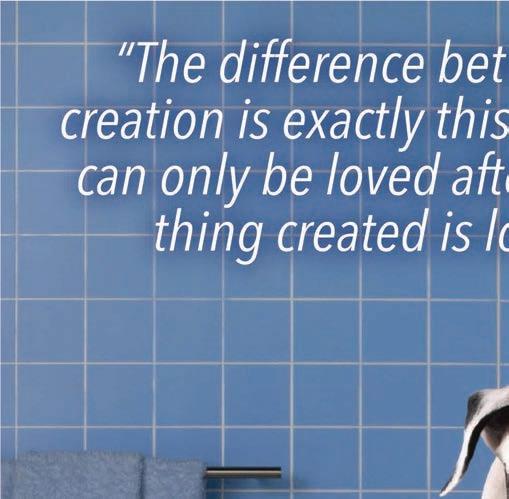





The Appoquinimink School District offers 25 career pathways in its high schools, culminating with an immersion experience in the senior year for students. One pathway is engineering, and Middletown High teacher Corey Hafer and Appoquinimink High teacher Stephen Landry recommended four teams to highlight. All engineering teams follow various goals.
They devote at least 50 hours to research and develop novel solutions to real-world problems.
They spend no more than $50 on supplies.
They connect with their assigned mentors at least six times.
They go through designs, maybe dozens.
They make prototypes.
They devise nifty names.
They create displays and practice pitches summarizing their work.
They present an engineering design review for parents and other interested people.
Unfortunately, the semester-long class isn’t enough time to ensure their final prototypes work well or have the best features. Multiple students in these four teams wished they had more time to perfect their ideas. These are their stories.
Three Appoquinimink High students confronted the potentially fatal projectiles of hardened snow that fly off vehicle roofs when they’re not cleared of snow. The solution from Ben Huffman, David Lubrano and Henry Herman is a piece of aluminum with a rubber pad that they call Car Steppa.
According to a survey they ran over an MOT Facebook page, half of the 300 respondents don’t always or never clear that snow. In fact, 74 percent said it’s because they had trouble reaching the snow.
Delaware’s General Assembly has discussed requiring snow-free vehicle roofs since 2014. Maryland legislators have also discussed the idea. With a law named after a woman who died in 2005 from such a projectile, Pennsylvania last year set up fines for drivers who don’t clear their roofs.
Huffman, who plans to major in computer science at the University of Delaware, and Lubrano (both 5-foot-7) and Herman (6-foot) drew more than 60 sketches as they developed a device that can boost users as much as 2.5 feet to clear the snow, because it’s the law or just the commonsense thing to do.
Their first prototype was made of ABS, a plastic often used in 3D printing. A proofof-concept model followed in wood, and then they worked in aluminum, first by welding and then with screws, said Lubrano, who plans to major in business administration.
One part hooks into the door latch, and another, with a rubber pad to provide grip, is where the person clearing the snow plants a foot. The device could also be used when stowing surfboards
or rooftop carriers, said Herman, who plans to major in mechanical engineering. And, if they pursued the idea more, they would want to make the Car Steppa foldable, for easy storage; longer than its current 7 inches, for greater comfort; and with ribbed rubber, for better traction.
They tested it on their vehicles but did not have a storm during class for testing it in snow.
Their mentor was Mark Parker, engineering manager at Eastern Shore Natural Gas.



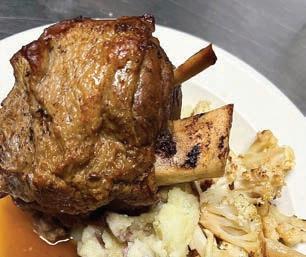


Continued on Page

Continued from Page 27
Three Middletown High students passionate about the environment and climate change worked on a device they called Infinity Irrigation. The problem, their research showed, is that 28 percent of the world’s annual water use is wasted by poor water management and irrigation systems. At the school greenhouse, that’s 20 gallons a day.
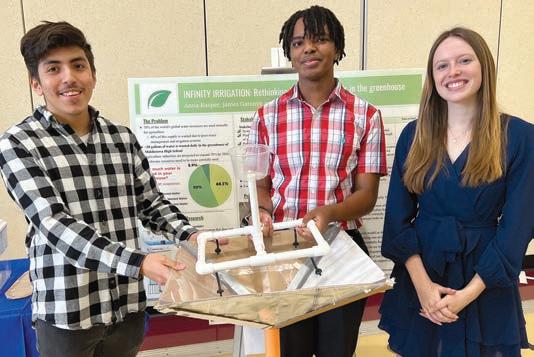
“We all have to do our part, even if it’s a little bit,” said Anna Kasper, who wants to pursue a STEM major in college.
They wanted the system to be cheap yet needing little maintenance and to keep the water from staining leaves or puddling, creating potential breeding grounds for fungi and bugs.
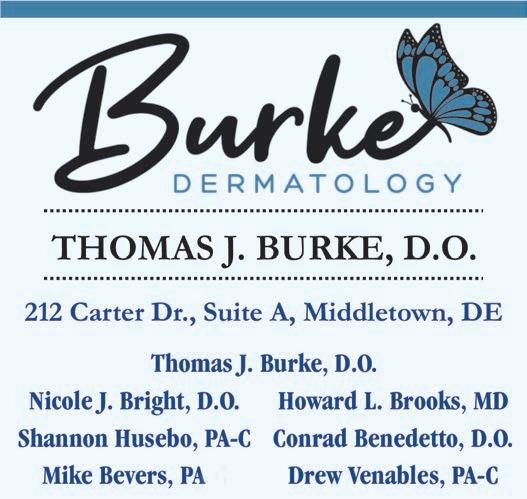
Their prototype included a frame that holds the water supply for four plants (700 milliliters, twice a day), a shallow funnel that collects excess water and a filter that removes soil particles and other contaminants so the cleaned and collected water can be reused.
Kasper and James Gatonye, who wants to major in electrical engineering at the University of Delaware, had worked together before, and they sought out someone with farming experience for the team. That was Luis Ruiz, who has not decided upon a major at Delaware Technical Community College, and has seen how much water was wasted when he worked in greenhouses in Mexico.
Continued on Page 30

 Courtesy of Appoquinimink School District
The Infinity Irrigation team, from left: Luis Ruiz, James Gatonye and Anna Kasper.
Courtesy of Appoquinimink School District
The Infinity Irrigation team, from left: Luis Ruiz, James Gatonye and Anna Kasper.



Continued from Page 28
They assigned themselves three tests: Did the water travel easily and not leak? Is the runoff at least 50 percent less than the current system? Did the filtering work? Infinity Irrigation passed all three.
They crafted their prototype out of PVC pipes, cardboard, duct tape, plastic sheets and a Brita pitcher. Since their design requirements also included food-grade, biodegradable and long-lasting materials, for five weeks they submerged some PLA (a plastic often used in 3D printers) in water to see if it lost mass or flexibility (no and no).
Their mentor was M. Emaad Fayaz, an environmental engineer at Verdantas.

Since he was 6, Middletown High senior Giovanni DeCapua has enjoyed playing with model rockets. Jacob Koeppel also enjoyed model rocketry but gave it up for sports. That’s the background they brought to their project on rocket recovery.
Their problem is that model rockets fail 8 percent of the time (that’s according to research; DeCapua’s personal experience is higher). Most failures are caused by the recovery system, especially the parachute. And a failed rocket (which costs $20 to $80) is usually just some trash.
Continued on Page 32

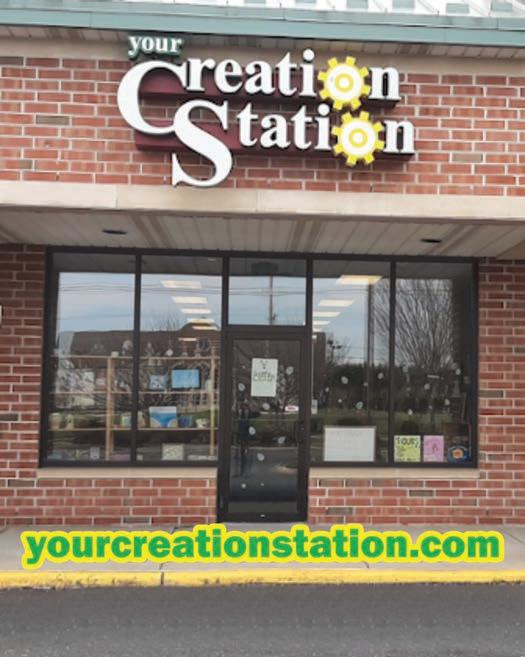


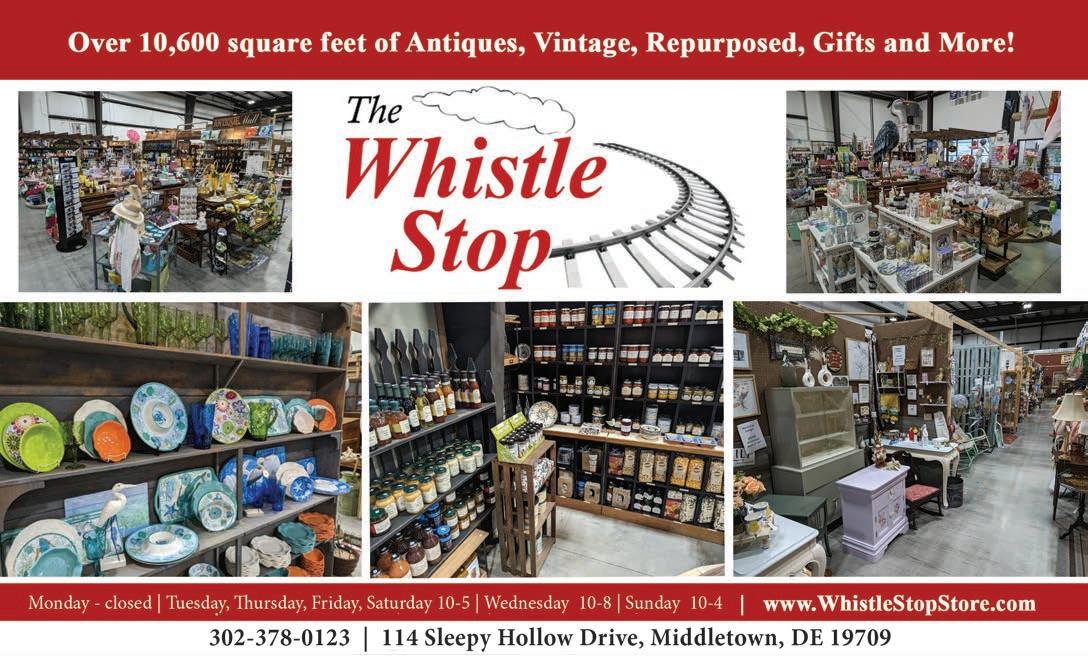
Continued from Page 30
Their project was called Apogenius: Athena Rocket Recovery System. The name riffs off of apogee (the highest point the rocket reaches), genius (the smart engineering) and Athena (the Greek goddess of spinning, among many things).
The main goal was to get rid of the parachute, said DeCapua, who plans to major in aerospace engineering at Embry-Riddle Aeronautical University or West Virginia University.
To replace the parachute, which must be exactingly folded, they prototyped model rockets with rotating fins. The fins use Bernoulli’s principle, which explains how differences in air velocity and pressure keep real-size airplanes in the air – and hopefully slow down model rockets for smooth landings. The principle is also used for rotocopters, but rare for model rockets, said Koeppel, who plans to major in electrical engineering at Purdue University or the University of Illinois.
Their mentor was NASA engineer Rocco Bisceglia, who once lived across the street from DeCapua.


A broken wheelchair left near the Appoquinimink High Dumpster became the testing model for Wheelchair Press Arms.
To move non-motorized wheelchairs, people strain their shoulders too far back as they reach for the hand rim.
“It was difficult to find attempts, let alone solutions that solve this problem,” concluded the research by Appoquinimink High seniors Ryan Franco, Ryan Brisbane and Jake Holloway. They later were told some users push wheelchairs with their
Continued on Page 34





Continued from Page 32
feet, which moves the strain to knees and ankles. Their solution: L-shaped arms attached to wheelchair axles and manipulated like oars. Ratchets allow for the arms to push forward and slide backward with minimal drag. They calculated a 66 percent increase in the ideal mechanical advantage for their device.
They ran out of time to test it with users, Holloway said, but they got positive feedback at the review by someone who uses a wheelchair and a physical therapist.
They have already identified several improvements, such as making the arms have adjustable lengths and incorporating a switch so the arms also can be used to move backwards. The wheelchair will be kept to inspire future students, said teacher Stephen Landry.
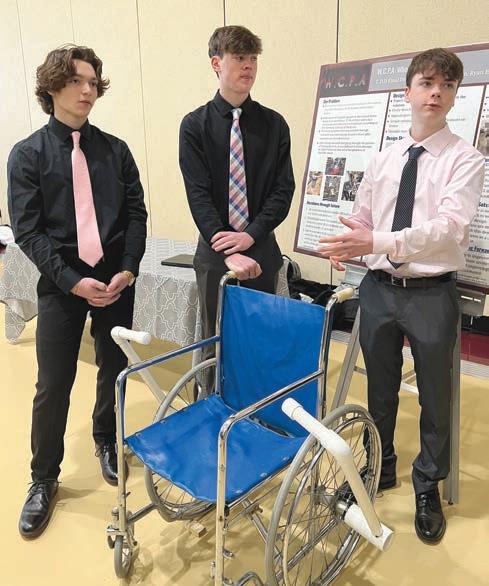
Franco and Holloway plan to major in mechanical engineering at the University of Delaware, where they might be roommates. Brisbane wants to major in computer science at UD.
Their mentor was Shawn Daly, a continuous improvement team leader at W.L. Gore & Associates.


It is just past nine a.m. on a rainy February morning in Middletown, and a 30-member convergence of the likeminded has already occupied about one quarter of the Bob Evans restaurant on Casa Drive.
They came here at the invitation of Master Sergeant Scott Saunders and Corporal Steve West of the Middletown Police Department as part of the department’s occasional “Coffee With a Cop” gatherings it hosts throughout the year, and at table after table, the conversations form like small waves tilting and splashing and overflowing.
Over bottomless cups of coffee, they extol the virtues of a sound police department but soundly refute the crimes that continue to be committed in the name of law enforcement.
They discuss the vast differences between a white person stopped by an officer and a Black person stopped by an officer.
They unpack the interpretation of an agency that has been accused of stoking the fires of racial discontent.
They share their empathy for a police officer who has to respond to a call in the middle of the night, not knowing what lay ahead.
Slowly, sentence by sentence, thought by thought and with more thought to listening than speaking, their voices become the needle and thread that stitches back together the cloth of a nation that has been divided by a mistrust in its law enforcement.
Social gatherings like this form the essential national conversation that is slowly beginning to re-connect citizens and police units, and in Middletown, these voices are a direct and purposeful pipeline to the mission of the Middletown Police Department’s Citizens Police Academy (CPA).
First implemented in 2019, the CPA is a nine-week program designed to introduce members of the community to the various functions and duties of first responders. Its goal is simple: To create community partners by providing participants with the ability to look at law enforcement from an expanded point of view.
Now in its fourth year, the Academy – which is free to anyone 18 years of age or older – has introduced nearly
the
Police Academy has introduced nearly 150 area residents to the work of an agency that is dedicated to teaching, empowering and listening
150 area residents to classroom and hands-on instruction presented by law enforcement officers and those in related fields.

In past years, the department has partnered with the Delaware State Police, the Delaware Natural Resources Police, the Delaware Bureau of Alcohol and Tobacco Enforcement, the New Castle County Police Department, the New Castle County Paramedics, the New Castle County Department of Emergency Communications and several other supporting agencies.
Some of the topics covered during the CPA’s Fall 2022 session included:
• Department corporals DaKevis Howard and Michael Hilliard presented, “Trauma to Wellness,” that introduced CPA students to what officers observe while on duty and the psychological effects some of the events they witness can have on them.
• Members of the Delaware State Police Aviation Unit landed a helicopter in the open field next to the Middletown
Continued on Page 38

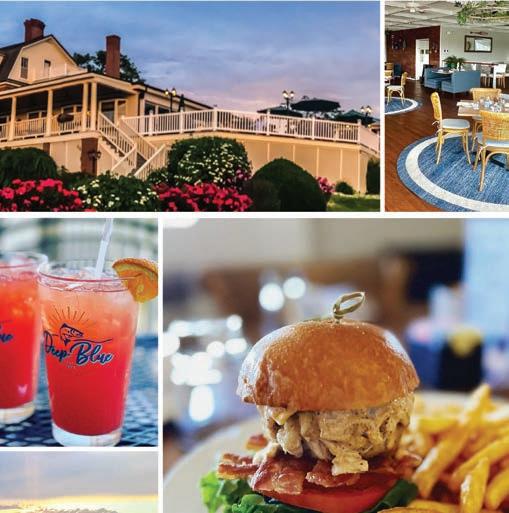
Continued from Page 37
Police station, and provided CPA students with an overview of their mission and their use of technology.
• Members of the Delaware Alcohol & Tobacco Enforcement Agency (DATE) provided CPA students with an overview of their department, and introduced the DATE driving simulator that is capable of replicating various driving scenarios including driving under the influence.
• The Consumer Protection Unit for the Delaware Department of Justice conducted a presentation about consumer protection awareness that introduced CPA students to consumer frauds, deceptive trade practices, online privacy, data breaches, telemarketing, home improvement fraud and identity theft.

• The Delaware Emergency Management Agency (DEMA) gave an overview on the capabilities and protocols of the Emergency Communications Center of the Delaware Emergency Management Agency.

• Members of the MPD staff introduced students to range and firearms safety, an exposed them to hands-on, scenario-based simulations of activities that officers encounter on the job.
• Members of the Middletown Police Criminal Investigations Unit engaged students in how various criminal investigations are conducted from start to finish.
• In his presentation, “Vaping to Marijuana to Opiate
Continued on Page 40
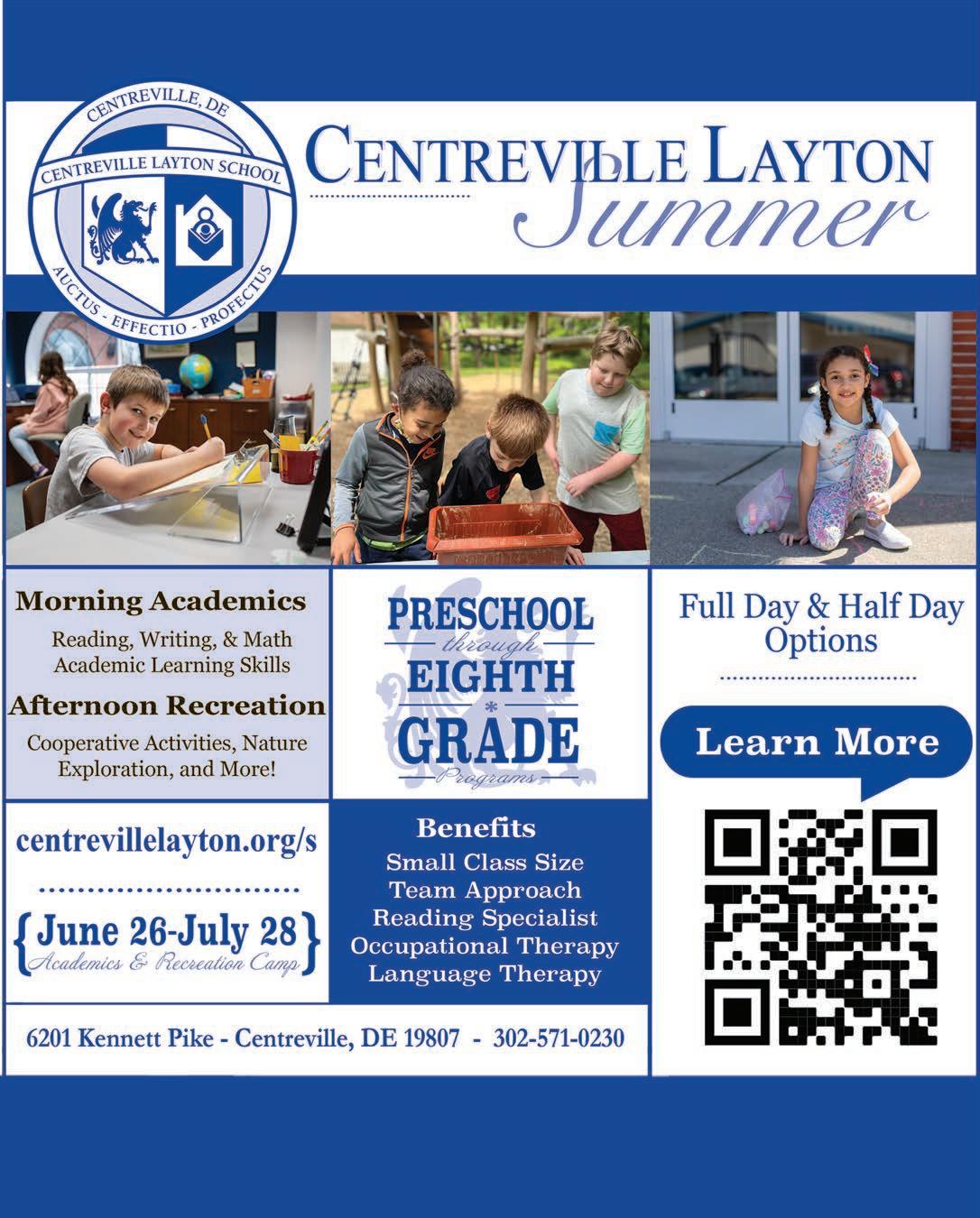
Continued from Page 38
Abuse: A Recipe for Disaster,” William J. Lynch, Jr. of the Jefferson Health System provided students with an overview of the dangers associated with illicit drug use, as well as provided statistical and verifiable data that connects marijuana use with the onset of addiction to opiates.
Salahudin Bin-Yusif, the chairman of the Town of Middletown Police Advisory Board, said that the consistent thread in each of the Academy’s workshops is found in teaching how the elements of the community fit within the design of policing.

“As a citizenry, we often do not understand how we fit into the framework of the department, and that’s the problem,” Bin-Yusif said. “By joining the Academy, you not only establish a more refined sense of what officers do, you see how that mission is woven around each citizen.
“Everyone benefits here – the teacher and the students -- not only from the standpoint of the education that citizens receive, but from the point of view of each officer that allows them to see their community outside the realm of a traditional law enforcement operation.”


“The job of the Academy is to be the bridge relationship between the police department and the citizens, to link our communities with the department,” said Jason Hunt, a member of the Town of Middletown Police Advisory Board. “A stronger community forms when these two entities are not separate but working together. Many of these conversations have been stifled because of COVID-19, but we’re have a social media page, an Instagram and anything that is good for the community, we put out as a bridge builder.
Continued on Page 42


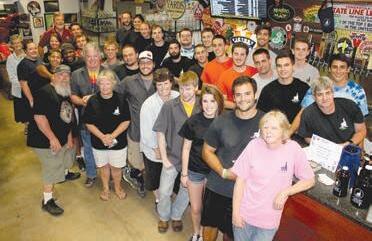





Continued from Page 40
“Crime is everywhere, and we want to make sure that our citizens are working with us to make Middletown a better community.”
When he first began teaching at the Academy, Saunders quickly discovered first-hand the power of the two-way education that defined each class -- the ebb-and-flow of both conversation and observation between officers and Academy members.
“Our students teach me where we are missing things as officers,” Saunders said. “We have all this training, procedures and policies, but they are not absolute. Our citizens are our customers, so just like in any other business, if there is something we can do better, it will come from them, and often in the form of a question, to push us to do better.”
If there is an unseen but powerful presence to the work being done at the Middletown Police Department’s Citizens Police Academy, it is found in the lingering shadows of police incidents that continue to occur around the United States, the aftermath of which reverberate through the hallowed halls of homes, schools and places of faith.
Hard against the seemingly endless, reel-to-reel frequency of what is seen on television and spun through the cycle of opinion-based media, lay the small pockets of re-connection that attempt to repair the broken bonds between police departments and the communities they serve.
The Academy forms just one of those small pockets, West said.
“Everyone who has attended the Academy comes with a different life experience, a different interpretation of how they view policing,” he said. “It has been great to get all of those people in all of their diversity and ages and begin to have discussions.
“We challenge those whose interpretations of policing are defined by the media or personal interactions with officers to come out and educate themselves. To those who wish to attend, we say, ‘Challenge us. Tell us how we can be a better police department.’ Policing has always been predominantly slow to change, but our world is changing so rapidly that it is up to us to catch up with it.”
Saunders, who has 30 years of policing experience and has been with the Middletown Police Department since its inception in 2007, called for those in positions of authority and elected officials to help underwrite the future of such programs like the Academy. The end results are selfevident, he said.
“I believe that when there is a true relationship formed between the police and a community it is entrusted to serve, that it can help deter crime in that community,” he said. “When that happens, trust is made, and citizens feel confident enough to keep us informed, because they have a greater understanding of who we are and what we do.
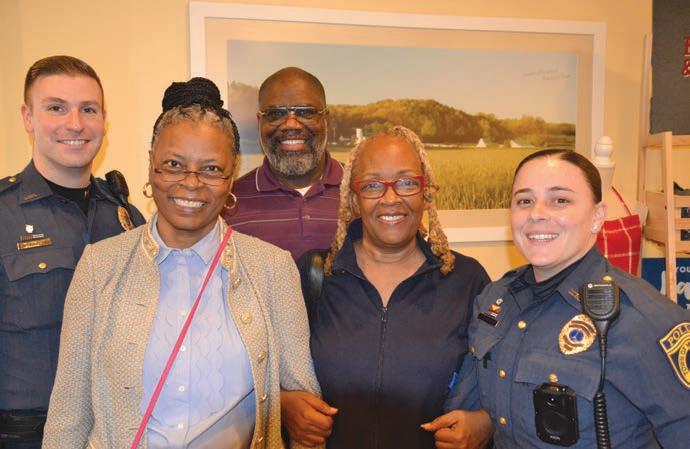
“They begin to understand the splitsecond decisions that we have to make, and how it is often a thin line between doing things properly and making a mistake.
Pastor Ron Smith of the Mission Church in Townsend and a recent graduate of the Academy, summarized the mission of the Academy by likening it to a relationship that must be protected.
“This is our community – this is my
Continued on Page 44

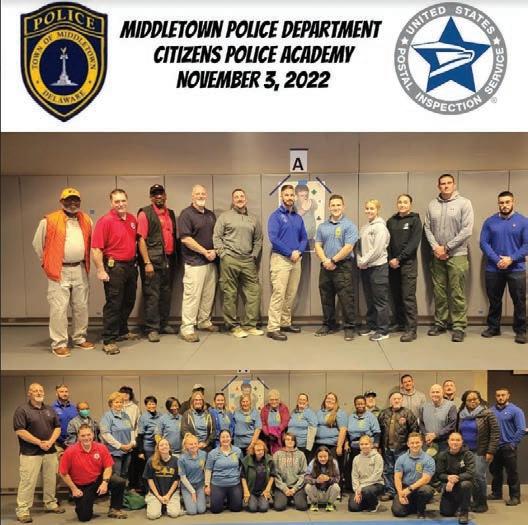


Continued from Page 43 community – and no one is more well-versed in that than the police department,” he said. “We have forgotten that the public and the police have always been in partnership with each other, and too many now believe that the police are simply hired and delegated for crime prevention. This bridge has been forgotten, but remains so vital, in that we are naturally intended to work together.
“We are an extension of them, and they are an extension of us, and we are both here to share our messages, but we don’t want this message to be done through shouting. We want to win through whispers.”
The fifth annual Middletown Police Department’s Citizens Police Academy will be taking place this September. For additional information and to register, contact Master Sergeant Scott Saunders at (302) 376-9950 or email: ssaunders@middletown.delaware.gov. Attendance in the Academy is free to anyone 18 years of age or older, who lives in Middletown, and participation is also open to anyone who lives in Delaware.
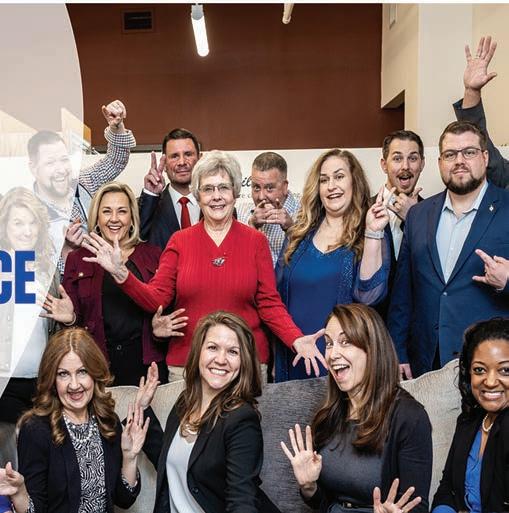







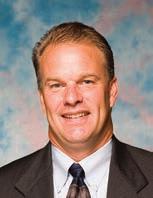

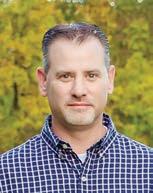
Long-time Middletown Mayor Kenneth L. Branner, Jr. and town council incumbents
Aaron Blythe, Andrew Chas and James Royston all ran unopposed in their campaigns for re-election and were sworn into office on March 6 for two-year terms ending in 2025.
Three town council member seats are up for election on the even years, and the mayor and three town council member seats are up for election on the odd years.
Town of Middletown elections are held the first Monday in March. The next election takes place on Monday, March 4, 2024.
Meetings of the mayor and town council of Middletown are held the first Monday of every month at 7:30 p.m. in council chambers at Town Hall, 19 W. Green St., Middletown.
Middletown audiences cheered the performances of Bring It On The Musical at The Everett in March.
Next up at The Everett are two crowd-pleasers: In May, there will be performances of William Shakespeare’s Much Ado About Nothing, and in June there will be performances of Flat Stanley The Musical Jr.
Show dates for Much Ado About Nothing are May, 12, May 13, May 19, and May 20 at 7:30 p.m. and May 14 and May 21 at 2 p.m. Tickets are $20 for adults and $15 for students.
Show dates for Flat Stanley The Musical Jr. are June 9 and 10 at 7:30 p.m. and June 11 at 2 p.m. Tickets are $16 for adults and $13 for students.
At The Gibby, the May exhibit features FAIX, a multimedia artist analyzing the emotional, psychological aspects of the world and the environments we live in through various forms of media, illustration, photography, typography, graphic design and mixed media artistry. Born in Wilmington, Del., raised in Bangkok, Thailand and Washington D.C., FAIX has spent the last eight years progressing as an artist throughout the international art world. He has worked in various countries overseas, including Tokyo, Japan, Bangkok Thailand, Sydney Australia, Beijing China, etc. The open reception is on May 12 from 6 p.m. to 8 p.m.
The M.O.T. Rotary Club’s wine, beer, & spirits tast-
ing event is set for 5:30 to 8:30 p.m. on Friday, April 14. There will be dozens of wines, beers, and spirits to sample, along with heavy hors d’oeuvres. Tickets are $40 and to get tickets see any Rotarian, visit the M.O.T. Senior Center, or Kreston Wine & Spirits.
The 10th MOT Rotary Club Golf Outing will take place at the Odessa National Golf Club on May 8. For full details about the event visit www.motrotary.org.
The MOT Community Night at the Blue Rocks takes place this year on Tuesday, June 13 at 6:35 p.m. This is the 8th annual Community Night at the Blue Rocks for MOT. Full details are available on the Middletown Area Chamber of Commerce website at www.maccde.com.
Middletown’s most popular annual event, the Middletown Olde-Tyme Peach Festival, returns on Saturday, Aug. 19. The festivities begin at 8:45 a.m. with the annual Peach Parade on Broad Street. Many activities are centered around Main Street. Main Street and a portion of adjoining N. Cass Street will be closed to traffic for the event. Entertainment is scheduled throughout the day around town. There are activities for children, a local artist exhibit, historical exhibits, a peach pie contest, crafts, music, food, games and of course, peaches. The Peach Festival is a rain-or-shine event. Full details about the event can be found at Middletownpeachfestival.com.






As Delaware’s largest zoo, the 3 Palms Zoo & Education Center in Townsend is a place of both discovery and rediscovery, for both the animals who call it home and the visitors who come to see them




In the course of our days – even our months and our years – how many of us have ever looked into the eyes and the soul of an animal that does not answer to the name of the family pet?
There is a place near your home where you can do that.
One evening, a few of the staff at the 3 Palms Zoo & Education Center in Townsend attended an auction intending to bid on hay and discovered a little piglet jammed into an apple crate and being poked and teased. Their heart went out to the little guy and $11 later, he was riding in the backseat to a new home. Now, Albert enjoys life at the 3 Palms Zoo & Education Center and looks forward to the many visits he receives, as well as his daily treats and belly rubs.


Continued from Page 49
While Albert is a key attraction at the 3 Palms Zoo & Education Center, he is not the only featured star. There is Wendy and Mr. Smee, Delaware’s only American Alligators; Twin, Baby and Tatiana, a family of llamas; Star and Elle, two emus; Dominic, a miniature Sicilian donkey; and a variety of alpaca, chickens, coyotes, ducks, foxes, geese, goats, llamas, owls, rabbits, sheep and turtles and tortoises – as well as a stunning collection of migratory birds and exotic fowl.
sanctuary of care, thriving as an ecosystem of hope.

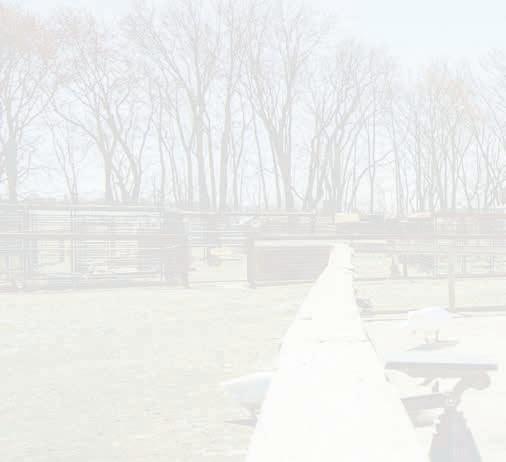


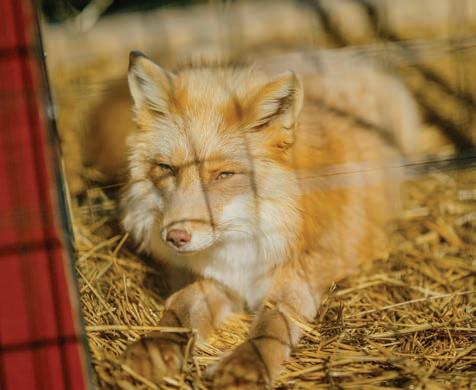


“Our mission at 3 Palms Zoo is not only to educate and exhibit animals but also to offer a compassionate sanctuary to those in need,” said Owner-Operator Matthew Shaffner. “Our goal is to provide a second chance at life to those often overlooked by society, by rescuing and offering them a permanent home. We aim to inspire a greater sense of responsibility and stewardship towards all living beings.”
The 3 Palms Zoo & Education Center is located at 1060 Vandyke Greenspring Road, Townsend, Del. 19734, and is open daily from 11 a.m. to 3 p.m. For additional information, visit www.3palmszoo.org., call 302-504-6500 or e-mail info@3palmszoo.org.
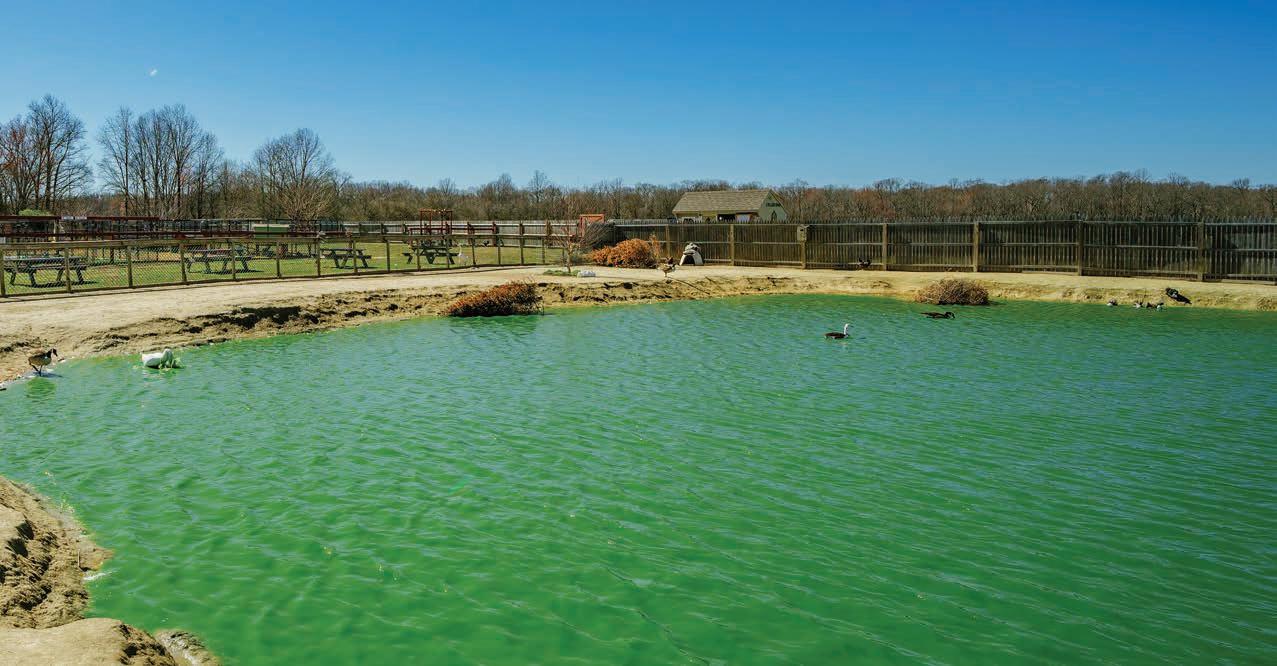




















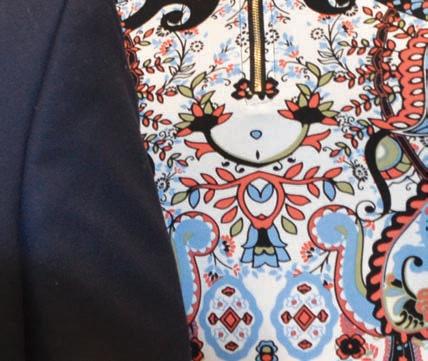





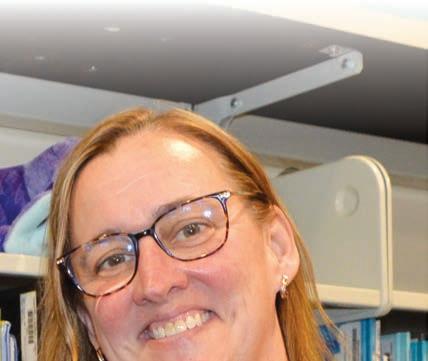


As educators in the Appoquinimink School District, Townsend Elementary School Principal Dr. Suzanne Street and Appoquinimink High School Assistant Principal Dr. Deangello Eley champion the principles of modern education. Middletown Life recently caught up with both educators to learn more about their principles for learning, leadership, STEM education, and their vision for the future of K-12 education in the United States.
Middletown Life: You both recently graduated from the prestigious Governor’s Institute for School Leadership (GISL), which is designed to equip promising school vice principals with the tools to become transformational principals. What were some of the tools that you were introduced to at the 12-month program?
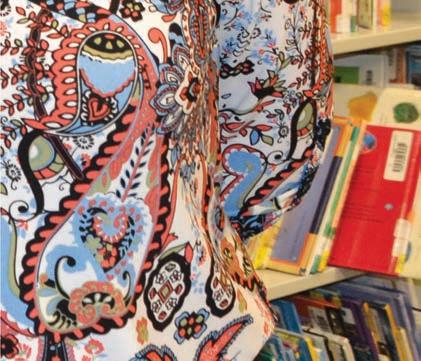
Street: There were many topics throughout the program that provided us with an opportunity to grow as we prepared for our first role as building principal. One of our monthly sessions last summer focused on creating effective instructional programs. The focus that was of particular value was how we could bring our vision to life in instructional programs.
In the Appoquinimink School District, we are able to focus on student data to help drive instructional decisions both school wide and at the grade and classroom levels.
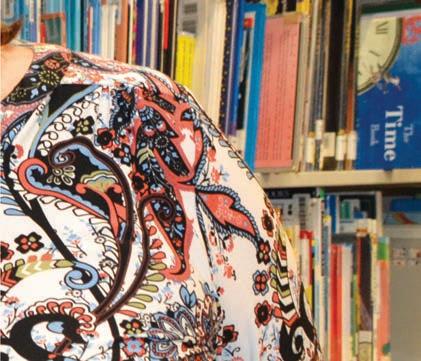
Eley: Although I was already familiar with the PSEL Standards (Professional Standards for Educational Leaders), the GISL program refocused my attention on the importance of using these standards to guide my leadership and decision-making.
For example, PSEL #1: Mission, Vision, and Values are the roadmap my learning organization will follow. You can’t get to where you want to go without a plan. You can’t improve student outcomes without a plan. Fail to plan, plan to fail.
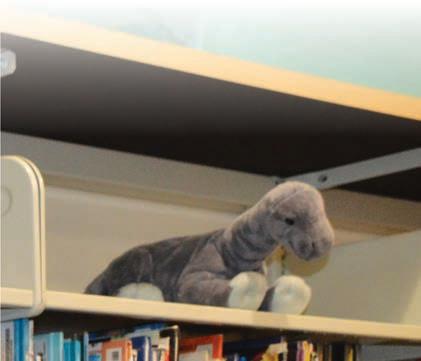
Continued from Page 55
In what ways have you begun to incorporate these skills into your current roles? In other words, what’s new about how your approach your respective positions?
Street: When looking at our school-wide data, we decided it would be important to provide academic challenges for our students that are specifically tailored to their individual needs. To do this, we have used online platforms that extend student learning in both reading and math. It is our hope that these challenges will inspire our students to have a love for learning while pushing themselves individually to do more than what is required.
Eley: I’ve sharpened my lens to be more intentional about my actions and interactions with students, staff members, and other stakeholders. My actions and decisions should always reflect our core values. For example, when I praise staff members, I do my best to connect the praise to our core values.
Leadership is often infectious, particularly when it is introduced to impressionable young people who are seeking identity and definition. In what ways is leadership being taught in the district, as a component of an effective education?
Street: We provide students with leadership opportunities that promote their personal growth and development and strengthen the school community as a whole. Two of these opportunities are for our older students. In 4th grade, students have the opportunity to participate in the safety patrol. This allows them to learn about safety protocols as well as develop teamwork and problem-solving skills. They also become role models for younger peers by demonstrating good behavior and making sure everyone follows the rules. Students in 5th grade run the live broadcast morning news program that helps them develop their public speaking, writing, and organizational skills.
Eley: In our building, we have created opportunities to empower students to lead in their areas of interest. For example, in addition to our various affinity groups such as Black Student Union, ASPIRA, YELL Club, and SGA, we developed a group called the Principal Liaison Advisors (PLA), a group of student leaders who serve as the voice for all students, serve as the link between the high school student body and the principal, and actively collaborate with others to positively impact the school community.
Another example is the upcoming 2nd Annual Black Student Union Summit at St. George’s Technical High School, where I helped plan a roundtable discussion
between students and district stakeholders regarding the implementation of Delaware’s new Black History Education law.
Were you born and raised with the key components of leadership, or have you developed and nurtured them over your life? Take us down that educational road, if you will.
Street: I have developed my leadership style throughout my life. Many components of leadership that I find valuable are things I learned during my time as a Division I athlete at the University of Delaware, as a high school coach, and in my time as an administrator. I have been blessed to have the opportunity to work for a variety of great leaders in the Appoquinimink School District. Additionally, my course work as I studied for both my Masters and Doctorate had courses that focused on leadership.
Eley: I believe that people are born with natural leadership qualities. At the same time, life experiences nurture and shape effective leadership skills. One of the most important components of an effective leader is character. Your life experiences are deposits in your bank of character. You make withdrawals when you face adversity.
Let’s talk about the personal journeys you experienced that led you to pursue careers in education. Who – or what – served as inspiration for you to become educators?
Street: My mother, who was an elementary school teacher, was my inspiration to choose education as my career. I have always loved working with children and believe that now more than ever education is the key to student success later in life. I consider myself a sponge for knowledge and am always looking for opportunities to grow and develop. I hope that my leadership style fosters this same love for learning in students and staff at Townsend Elementary School.
Eley: My journey into the field of education was not traditional. I started my career as a paralegal then with the State of Delaware as a Hearing Officer with the Family Court.
Continued on Page 60
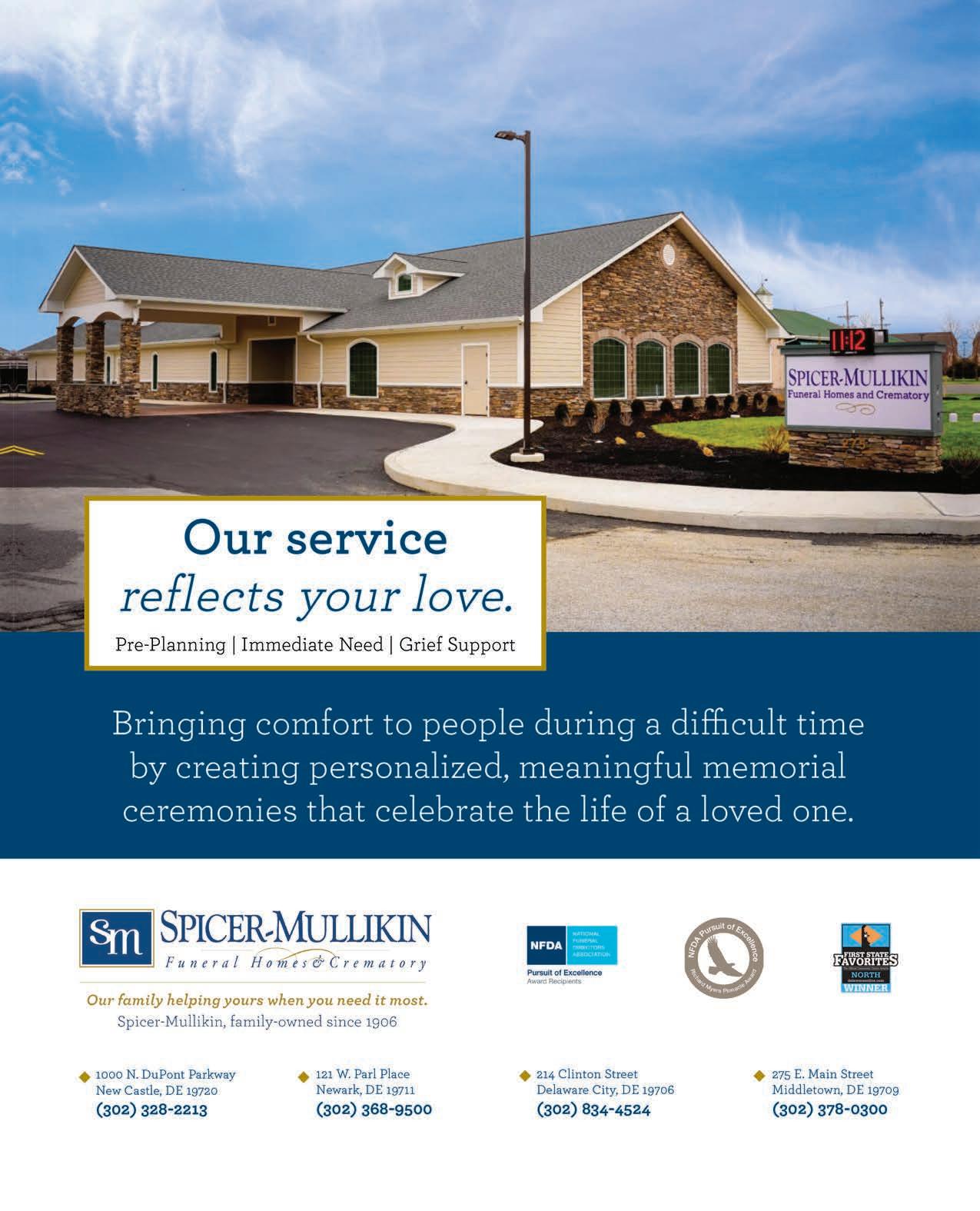




Continued from Page 56
Then I became Criminal Justice instructor at the high school I graduated from, Sussex Technical High School. My supervising AP, Mr. Firch, inspired me to become a building leader because of his ability to connect with me on a personal level.
I took on various leadership roles as a teacher, and was then selected as the Dean of Students, then Assistant Principal. In addition, my experience working under Principal Dr. John Demby was inspirational and ignited my desire to lead a building.
In your own opinion, in what components of K-12 education are U.S. schools most excelling at, when compared to countries, and why?
Street: I believe the K-12 education system has worked hard to begin developing diverse curriculums to address students from diverse backgrounds and students with social and emotional needs. We have also worked to provide diverse libraries for students to access both in the classroom and in school libraries. We have also created multiple
opportunities to provide students with access to technology and STEM education.
Eley: As a former CTE instructor working at a vocational high school, I understand the importance of developing and maintaining partnerships with our local business partners. They expressed the need for our students to possess solid hard skills, workforce readiness, and employability skills.
In the Appoquinimink School District, we emphasize and invest in both traditional academic courses such as 29 Advanced Placement courses, as well as building partnerships with our local community and business partners to find out what skills they are looking for in our graduates.



The texts in our high-quality instructional materials provide students with authentic examples of written and oral communication, such as professional writing and speechwriting. These examples provide students with models of effective communication and help them understand how to apply the skills and strategies they are learning in real-world contexts.
Continued on Page 62






Continued from Page 60
In your own opinion and in contrast, in what components of K-12 education are U.S. schools most lagging behind in their progress, and why?
Street: As a country we still need to work on closing achievement gaps.
Eley: Without reviewing those specific studies and data, I do believe STEM education has a place in our education system. At the same time, there should be a balance between traditional academic learning opportunities and career and technical education.
For a long time, the message was work smarter, not harder, and that you have to go to college to be successful. That’s no longer the case. There are many blue-collar jobs that remain unfilled because we lack a skilled labor force. I believe our society needs young people that both work smart and work hard.
While U.S. K-12 education continues to place a strong emphasis on a STEM education, study after study reveals that the writing ability of our nation’s students continues
to rank at or near the bottom of the proficiency spectrum. What is happening here, and what is being done in the Appoquinimink School District to place emphasis on the need to communicate well?
Street: Within our curriculum, students in K-5 are writing across multiple genres. They begin in K-2 with learning the writing process that builds from three highly effective scaffolded steps (plan, draft, edit). These steps are taught through a gradual release in scaffolding over a set of six lessons that includes teacher modeling, group practice, independent practice and independent application. By using this approach, it allows for continued support as needed.
In grade 3, students learn a five-step writing process (plan, draft, revise, edit, publish) with scaffolding as needed. In grades 4-5, students learn seven steps of the writing process (plan, draft, share, evaluate, revise, edit, publish). The big shift in grades 3-5 is that the children can move back and forth between components of the writing process in a flexible manner, what we want mature writers to be able to do.
Eley: As learning organizations, the product we deliver is learning. We have a responsibility to our local communities and society to produce well-rounded citizens that add value to society. To meet the diverse needs of our community and businesses, we must diversify learning opportunities.
Let’s peer into the crystal ball of the future of K-12 education in the U.S. How will the curriculum reflect these changes, and where do you predict these edicts will come from? Will new components of education replace the traditional? What will it all look like?
Street: The Appoqunimink School District prides itself on creating lifelong learners who will be prepared think critically, communicate (both orally and in writing), collaborate, and adapt to the needs around them. Students regularly participate in student to student discourse. We also continue to provide opportunities for students to be diverse learners by immersing them in the arts, world languages, at STEM activities.
This will foster a generation of more diverse and culturally competent community members.
Eley: As the saying goes, the only constant is change. As a learning organization, we must embrace and engage in continuous improvement to meet the needs of our students and our community. As a leader, I am expected to foster an environment that embraces change and promotes lifelong learning.


Continued on Page 64



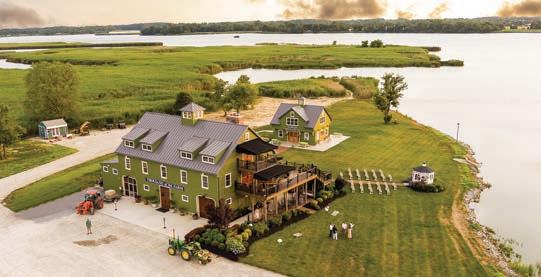
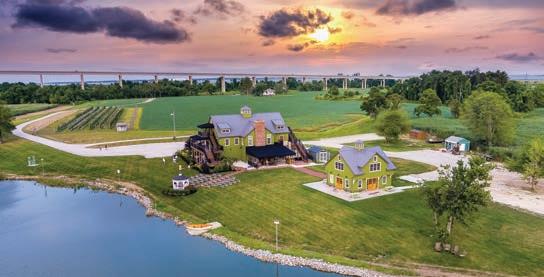
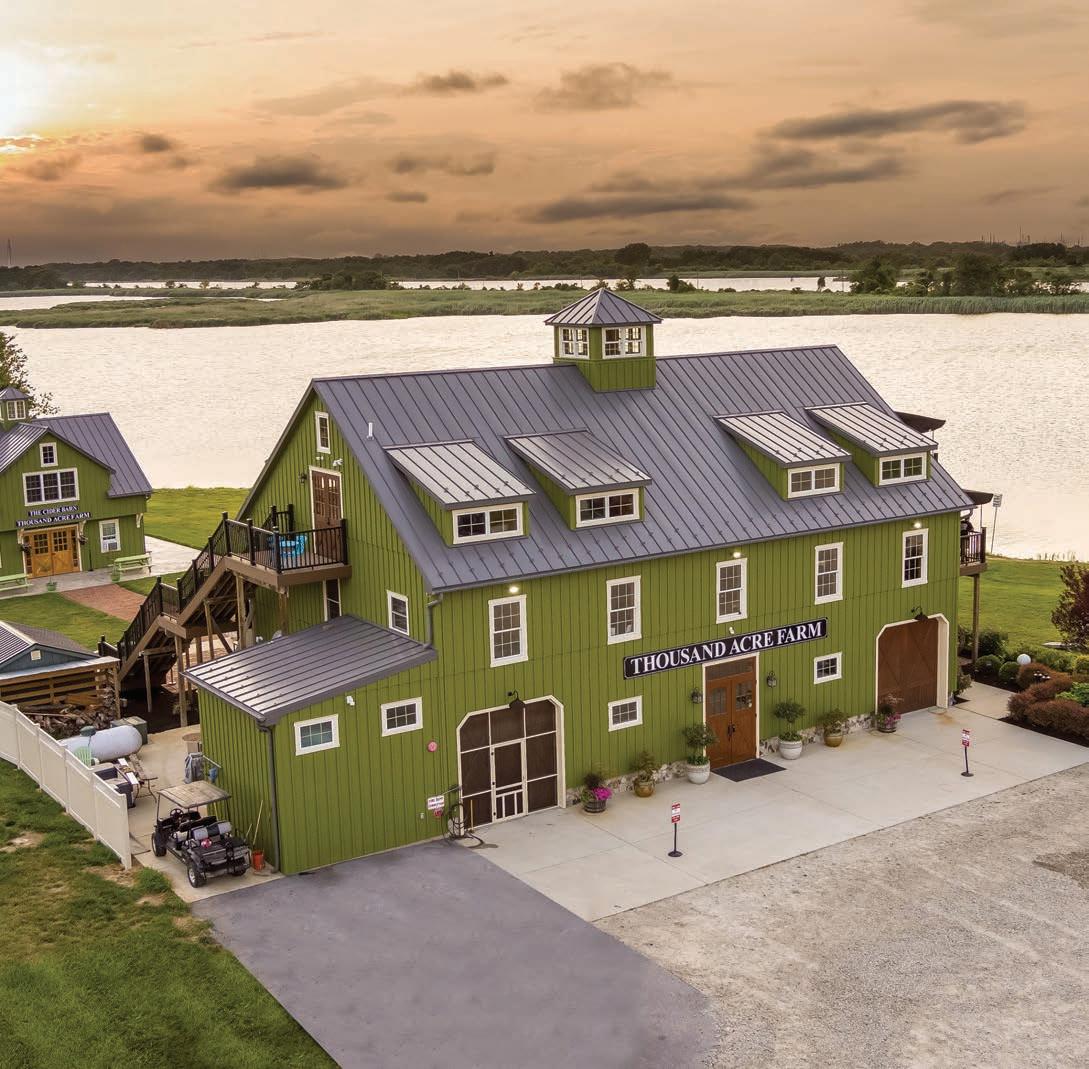

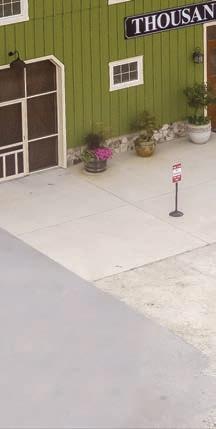

Continued from Page 62


As long as we build capacity in our teachers and students and foster an environment that embraces risk taking and innovation, I believe we can meet the needs of the future.
What is your favorite spot in the Middletown area?









Street: I love Townsend Elementary School and all of the wonderful things we are doing as a school community. Coming to work each day brings me a sense of joy and I am proud to be a Thunderbird.
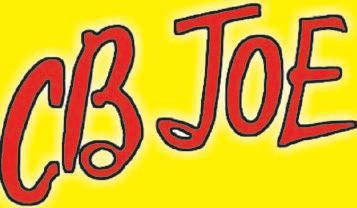
Eley: 1861 Restaurant and the Amish Market.
You are throwing your own individual dinner parties. Who would you like to see around that dinner table? They can be living or not, and famous or not.
Street: Family will always come first for me, so I would love to have the opportunity to spend and evening with my family who are located throughout the country and also those who are no longer living. I would love to have the opportunity for my daughter to meet her great grandparents and grandfather who passed away before she was born.
Eley: Since moving to Middletown from Sussex County, I don’t get to see my family and friends as often as I’d like, so I would love to spend as much time with them as possible.
What item can always be found in your refrigerator?


Street: Fruit.
Eley: Condiments. I love condiments, like BBQ sauce and Washington, D.C. Mambo Sauce.







